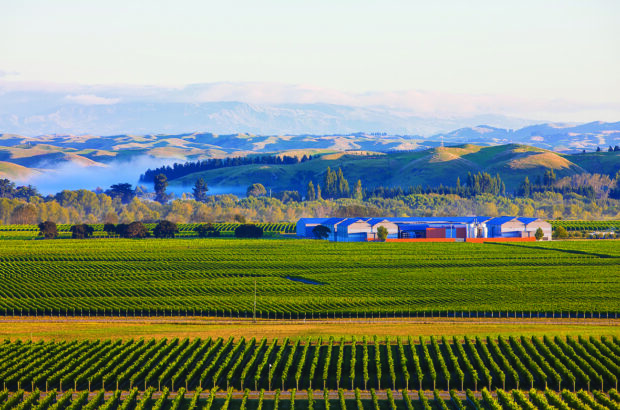It’s easy to be cynical about second wines in Bordeaux. Prices have risen in recent years, so you are likely to pay the same for many of them, especially from the Médoc, that you would have done for the main château bottling 10 years ago.
Yet there are a number of reasons not to despair. This place pretty much invented the idea of ‘little brother’ wines, with some properties known to have separated wines into different quality levels as early as the 17th century. Many châteaux in Bordeaux cover large areas, and it makes sense that producers would offer flexibility in a range of styles and prices.
The most famous second wines here still belong to the first growths – Le Petit Mouton, Les Forts de Latour, Carruades de Lafite, Pavillon Rouge du Château Margaux, Le Clarence de Haut-Brion, Le Petit Cheval, Chapelle d’Ausone, Le Carillon d’Angélus and Arômes de Pavie.
Style and accessibility is quite rightly the biggest draw. The first wines of the top châteaux are often highly tannic when young, and need a good 10 or 15 years before softening enough to show their full complexity.
This is where the second wines really score, as you don’t need to wait. And if you’re unsure about drinking sweet Sauternes or Barsac, I strongly recommend the second wines from here; maybe not for the savings, but for the style, which tends to be lighter and fresher.
Copy first published in Decanter magazine November 2016.
Top 30 Bordeaux second wine picks, tasted by Decanter experts:
{}
{"wineId":"20532","displayCase":"standard","paywall":true}
{"wineId":"21472","displayCase":"standard","paywall":true}
{"wineId":"29417","displayCase":"standard","paywall":true}
{"wineId":"25256","displayCase":"standard","paywall":true}
{"wineId":"10941","displayCase":"standard","paywall":true}
{"wineId":"7932","displayCase":"standard","paywall":true}
{"wineId":"25241","displayCase":"standard","paywall":true}
{"wineId":"15339","displayCase":"standard","paywall":true}
{"wineId":"25243","displayCase":"standard","paywall":true}
{"wineId":"25242","displayCase":"standard","paywall":true}
{"wineId":"7280","displayCase":"standard","paywall":true}
{"wineId":"22092","displayCase":"standard","paywall":true}
{"wineId":"7911","displayCase":"standard","paywall":true}
{"wineId":"30464","displayCase":"standard","paywall":true}
{"wineId":"22093","displayCase":"standard","paywall":true}
{"wineId":"25246","displayCase":"standard","paywall":true}
{"wineId":"5648","displayCase":"standard","paywall":true}
{"wineId":"25296","displayCase":"standard","paywall":true}
{"wineId":"22094","displayCase":"standard","paywall":true}
{"wineId":"22096","displayCase":"standard","paywall":true}
{"wineId":"22097","displayCase":"standard","paywall":true}
{"wineId":"22098","displayCase":"standard","paywall":true}
{"wineId":"18327","displayCase":"standard","paywall":true}
{"wineId":"22099","displayCase":"standard","paywall":true}
{"wineId":"22100","displayCase":"standard","paywall":true}
{"wineId":"11260","displayCase":"standard","paywall":true}
{"wineId":"27181","displayCase":"standard","paywall":true}
{"wineId":"20573","displayCase":"standard","paywall":true}
{"wineId":"32566","displayCase":"standard","paywall":true}
{"wineId":"27772","displayCase":"standard","paywall":true}
{"wineId":"11115","displayCase":"standard","paywall":true}
{"wineId":"14856","displayCase":"standard","paywall":true}
{}












